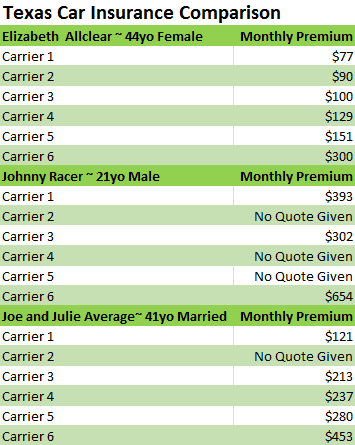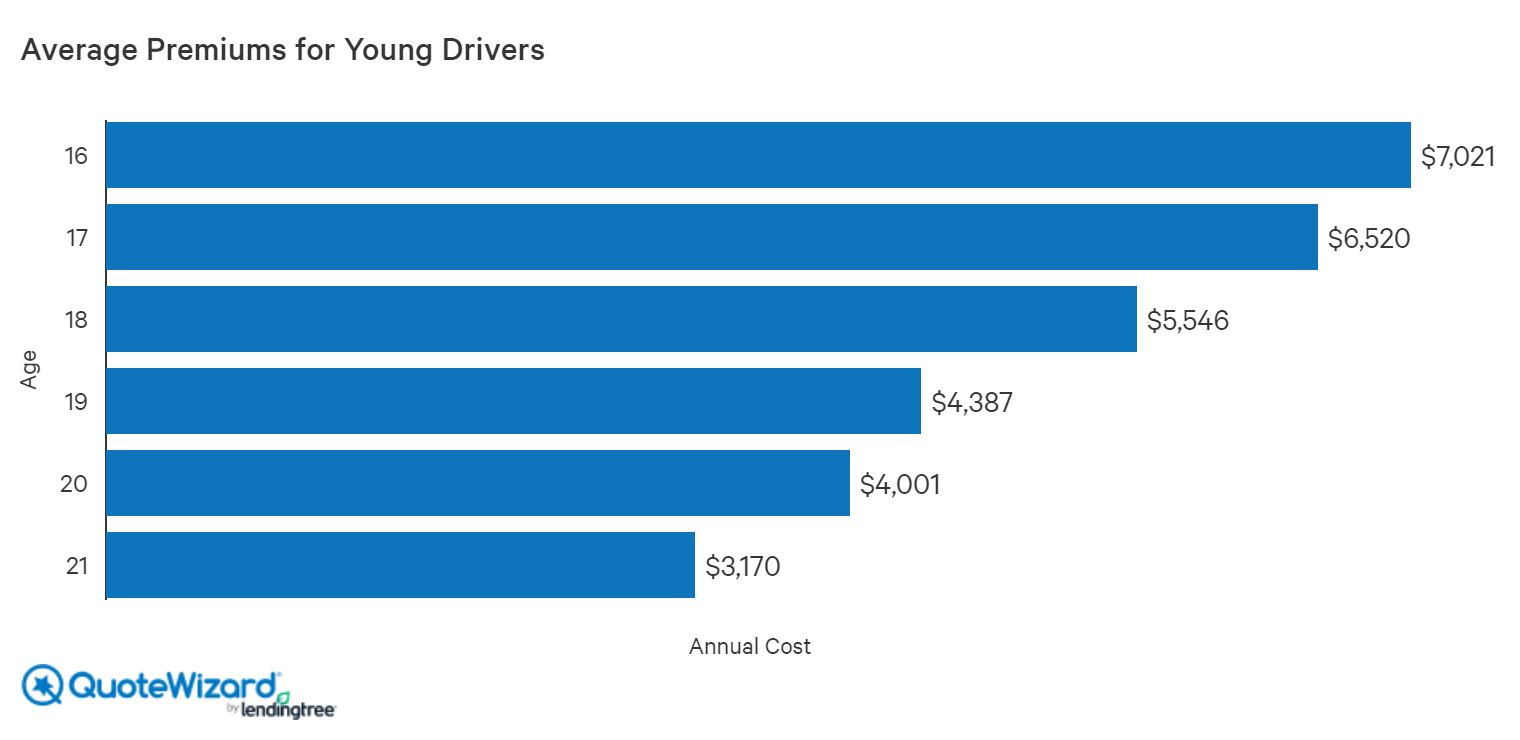Table of ContentsSome Of Which Of The Following Is The Best Reason To Purchase Life Insurance Rather Than Annuities5 Easy Facts About What Kind Of Special Need Would A Policyowner Require With An Adjustable Life Insurance Policy? DescribedThe 6-Second Trick For Which Of The Following Statements About Noncontributory Employee Group Life Insurance Is False?What Does How Much Life Insurance Do?When To Buy Life Insurance - The FactsOur How To Find Out If Someone Has Life Insurance Ideas
This investigation and resulting examination is described underwriting. Health and lifestyle concerns are asked, with particular responses perhaps warranting additional investigation (what is voluntary life insurance). Specific elements that may be thought about by underwriters include: Individual medical history; Household medical history; Driving record; Height and weight matrix, otherwise called BMI (Body Mass Index). Based upon the above and extra factors, applicants will be placed into among a number of classes of health ratings which will determine the premium paid in exchange for insurance at that particular provider.
As part of the application, the insurance provider frequently needs the candidate's permission to get info from their physicians. Automated Life Underwriting is a technology solution which is designed to carry out all or some of the screening functions generally finished by underwriters, and therefore seeks to decrease the work effort, time and/or data required to finance a life insurance application.
The death of underwritten persons increases a lot more quickly than the general population. At the end of 10 years, the death of that 25-year-old, non-smoking male is 0.66/ 1000/year. Consequently, in a group of one thousand 25-year-old males with a $100,000 policy, all of typical health, a life insurance coverage business would need to gather roughly $50 a year from each individual to cover the relatively couple of anticipated claims.
How How Much Is Life Insurance For A 55 Year Old? can Save You Time, Stress, and Money.
A 10-year policy for a 25-year-old non-smoking male with preferred medical history may get offers as low as $90 each year for a $100,000 policy in the competitive US life insurance coverage market. The majority of the profits received by insurance provider includes premiums, but profits from investing the premiums forms an essential source of profit for many life insurance companies.

In the United States, life insurance coverage companies are never lawfully needed to provide protection to everybody, with the exception of Civil Rights Act compliance requirements. Insurance provider alone identify insurability, and some individuals are considered uninsurable. The policy can be declined or rated (increasing the premium amount to compensate for the higher threat), and the quantity of the premium will be proportional to the face value of the policy.
These classifications are preferred best, chosen, standard, and tobacco. Preferred finest is scheduled just for the healthiest people in the general population. This might mean, that the proposed insured has no negative medical history, is not under medication, timeshare release now and has no household history of early-onset cancer, diabetes, or other conditions.
The 7-Second Trick For When To Buy Life Insurance
The majority of people are in the basic classification. People in the tobacco category generally need to pay greater premiums due to the greater death. Current US mortality anticipate that roughly 0.35 in 1,000 non-smoking males aged 25 will pass away during the first year of a policy. Death roughly doubles for every extra 10 years of age, so the death rate in the first year for non-smoking men is about 2.5 in 1,000 individuals at age 65.
Upon the insured's death, the insurance company needs appropriate proof of death prior to it pays the claim. If the insured's death is suspicious and the policy quantity is big, the insurer might investigate the situations surrounding the death prior to deciding whether it has a responsibility to pay the claim. Payment from the policy might be as a lump amount or as an annuity, which is paid in routine installments for either a specific duration or for the recipient's lifetime.
In general, in jurisdictions where both terms are utilized, "insurance" describes providing protection for an event that might happen (fire, theft, flood, and so on), while "assurance" is the provision of protection for an occasion that is particular to take place. In the United States, both kinds of protection are called "insurance coverage" for reasons of simpleness in companies offering both products. [] By some meanings, "insurance" is any coverage that determines benefits based on real losses whereas "assurance" is coverage with fixed benefits irrespective of the losses incurred.
The 7-Minute Rule for What westlake financial utah Does Life Insurance Cover
Term assurance offers life insurance protection for a defined term. The policy does not build up money value. Term insurance coverage is substantially less costly than a comparable long-term policy however will end up being greater with age. Policy holders can conserve to provide for increased term premiums or decrease insurance needs (by paying off financial obligations or saving to attend to survivor requirements).
The face amount of the policy is always the quantity of the principal and interest outstanding that are paid needs to the applicant die before the last installment is paid. Group life insurance coverage (also understood as wholesale life insurance coverage or institutional life insurance) is term insurance covering a group of individuals, generally employees of a company, members of a union or association, or members of a pension or superannuation fund. what is supplemental life insurance.
Rather, the underwriter considers the size, turnover, and financial strength of the group. Agreement arrangements will try to omit the possibility of negative selection. Group life insurance typically allows members exiting the group to keep their coverage by buying specific coverage. The underwriting is brought out for the whole group instead of people.
Things about Why Do I Need Life Insurance

An irreversible insurance coverage accumulates a cash worth as much as its date of maturation. The owner can access the cash in the cash value by withdrawing money, borrowing the cash worth, or giving up the policy and getting the surrender value. The 3 standard types of long-term insurance are whole life, universal life, and endowment.
Universal life insurance (ULl) is a reasonably new insurance coverage product, intended to combine long-term insurance coverage with greater versatility in premium payments, together with the potential for higher growth of cash values. There are numerous types of universal life insurance coverage policies, including interest-sensitive (likewise understood as "traditional fixed universal life insurance coverage"), variable universal life (VUL), guaranteed survivor benefit, and has equity-indexed universal life insurance.
Paid-in premiums increase their cash values; administrative and other costs reduce their cash worths. Universal life insurance coverage addresses the perceived downsides of entire lifenamely that premiums and survivor benefit are fixed. With universal life, both the premiums and survivor benefit are versatile. With the exception of guaranteed-death-benefit universal life policies, universal life policies trade their greater versatility off for less guarantees.
6 Easy Facts About How Much Life Insurance Should I Buy Described
The survivor benefit can also be increased by the policy owner, typically requiring brand-new underwriting (how to find out if someone has life insurance). Another function of flexible survivor benefit is the ability to select option A or alternative B survivor benefit and to alter those options over the course of the life of the guaranteed. Alternative A is often referred to as a "level survivor benefit"; survivor benefit remain level for the life of the insured, and premiums are lower than policies with Alternative B survivor benefit, which pay the policy's cash valuei.e., a face quantity plus earnings/interest.